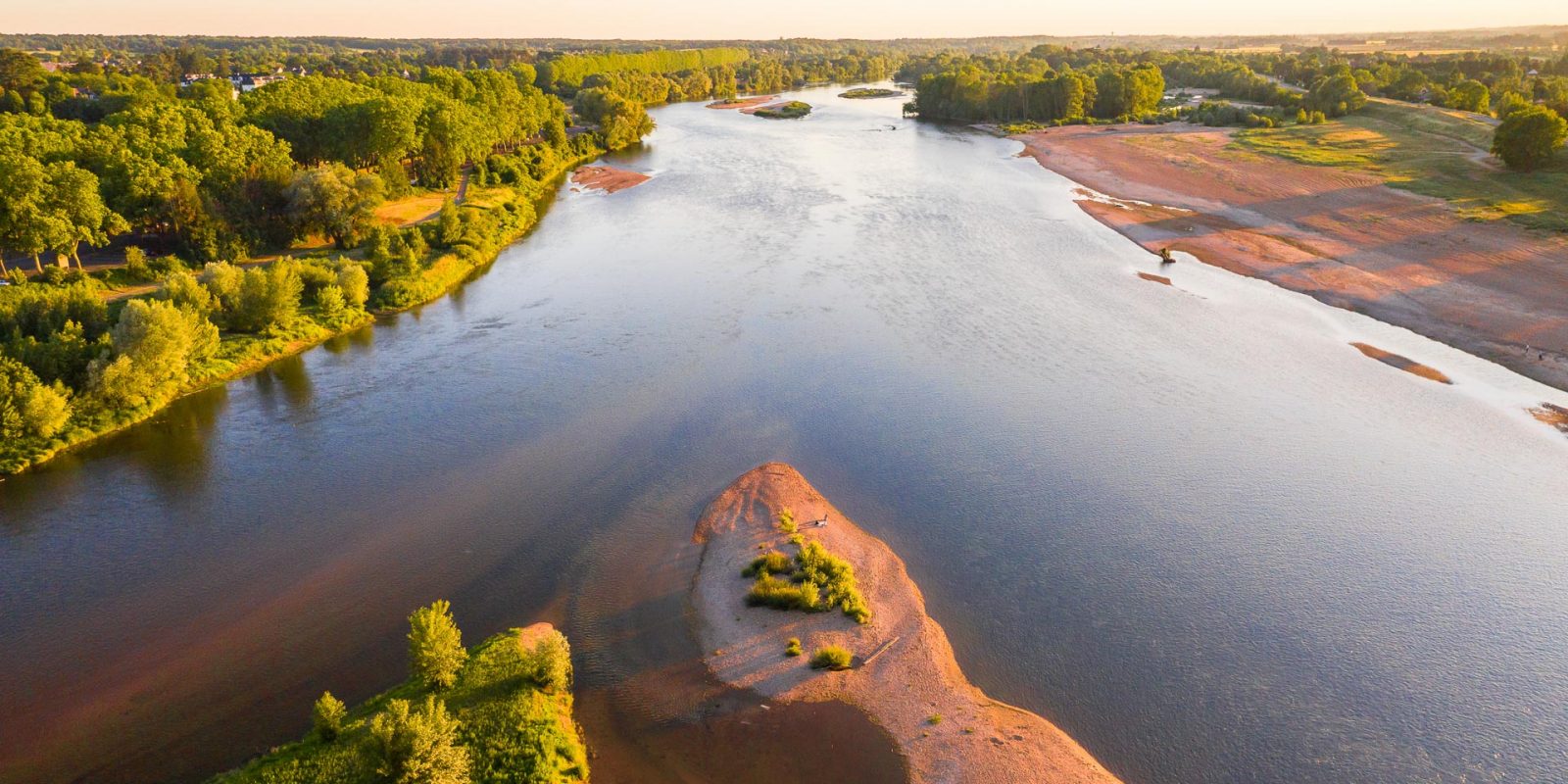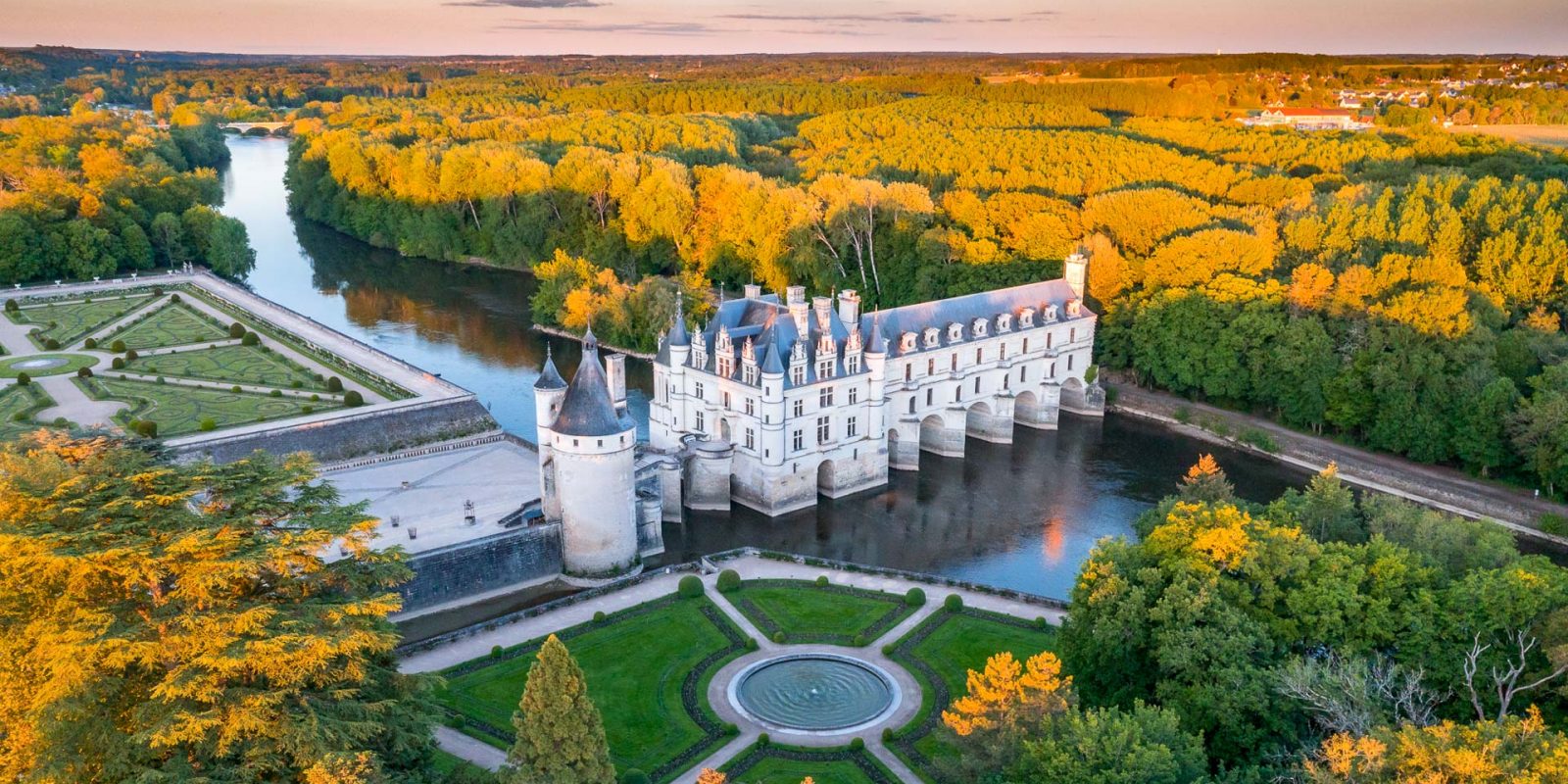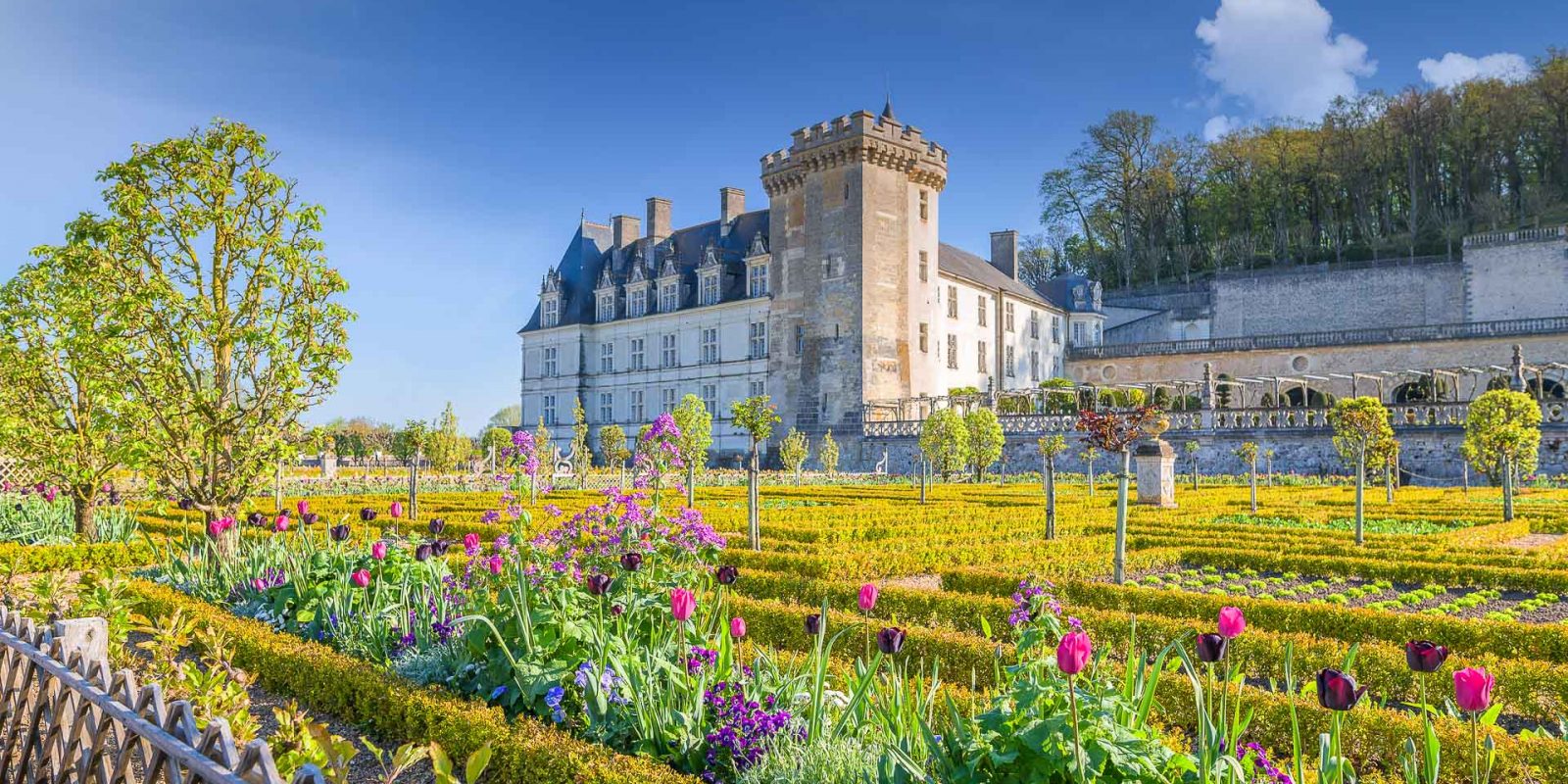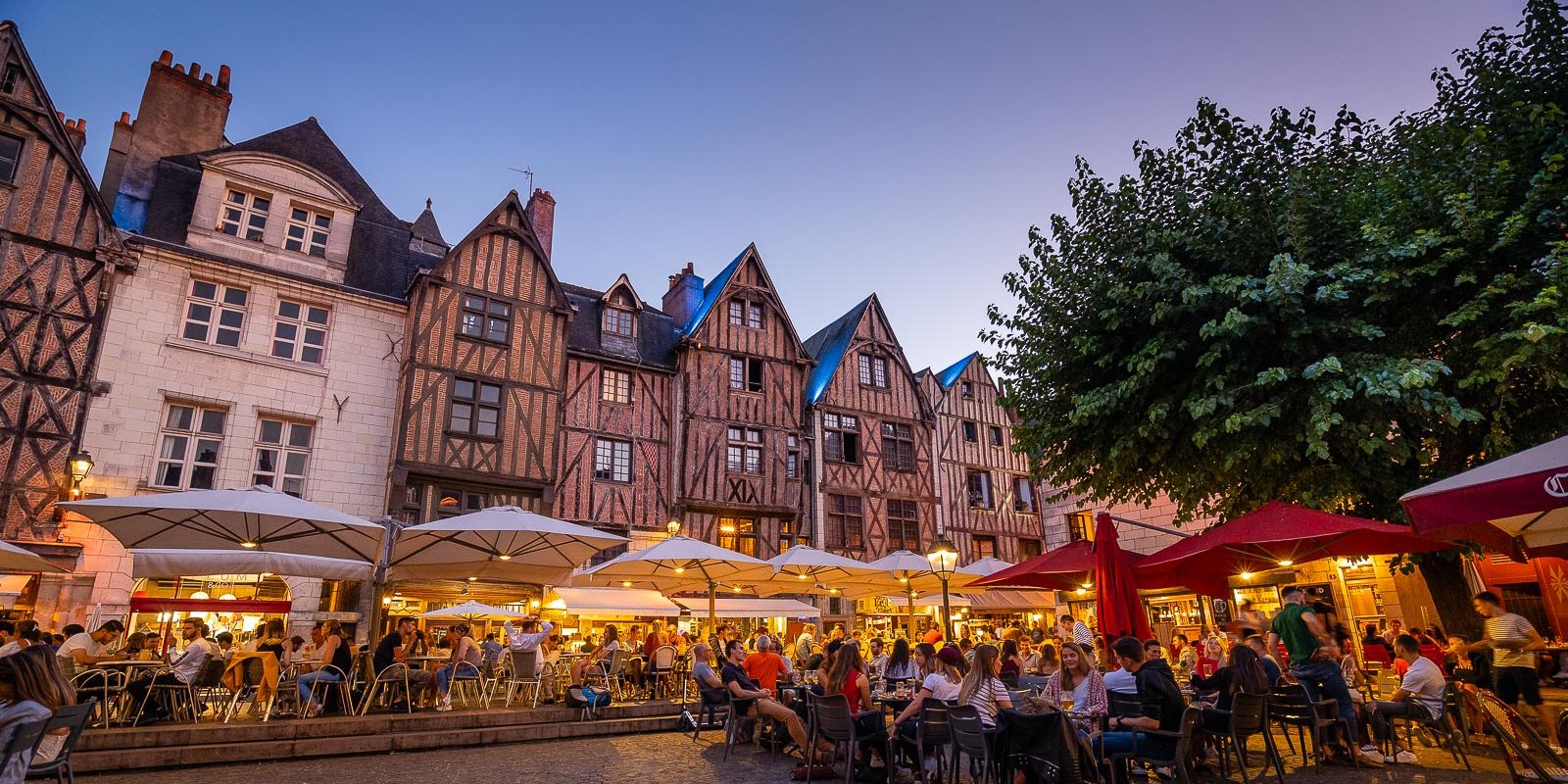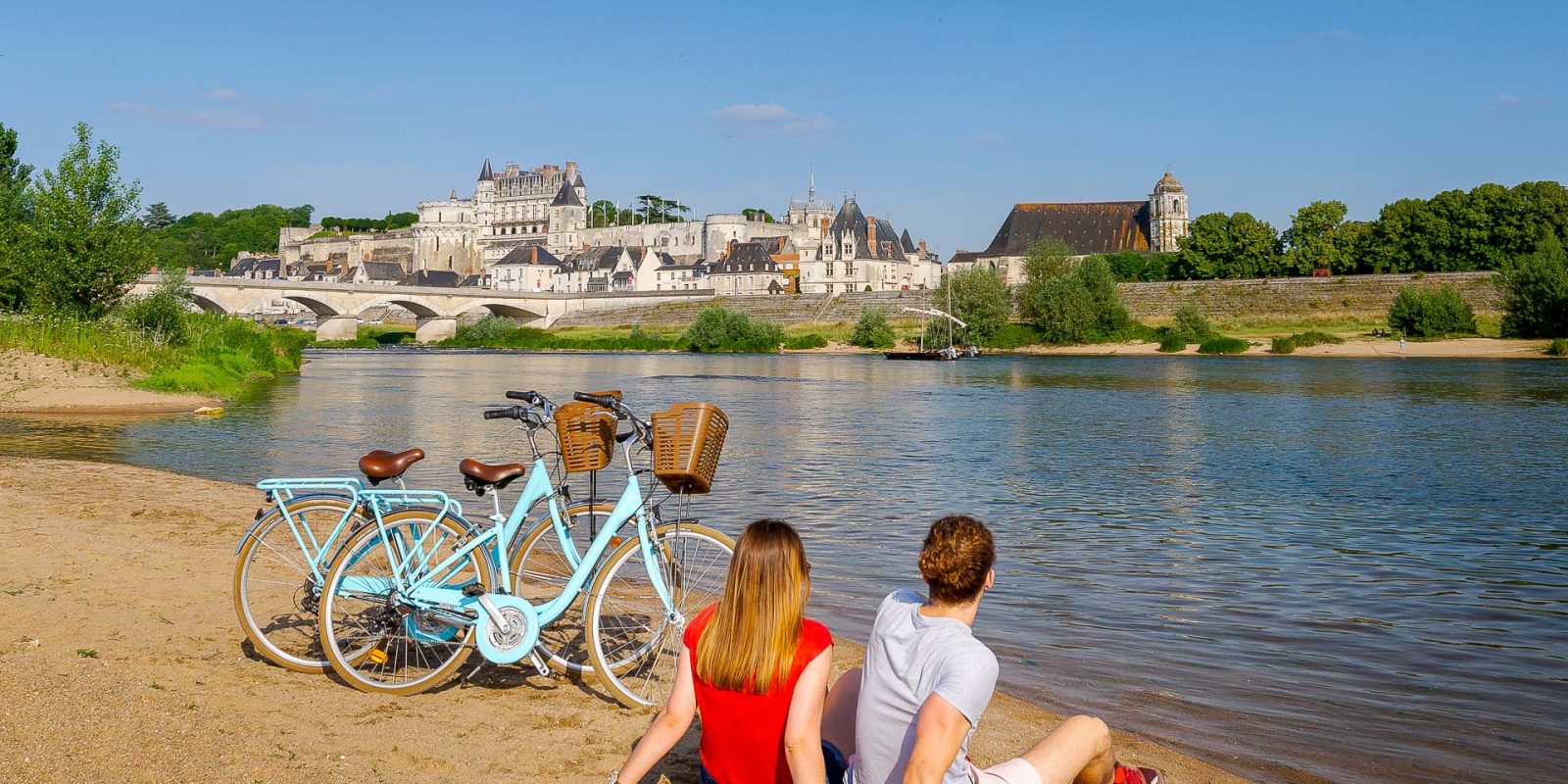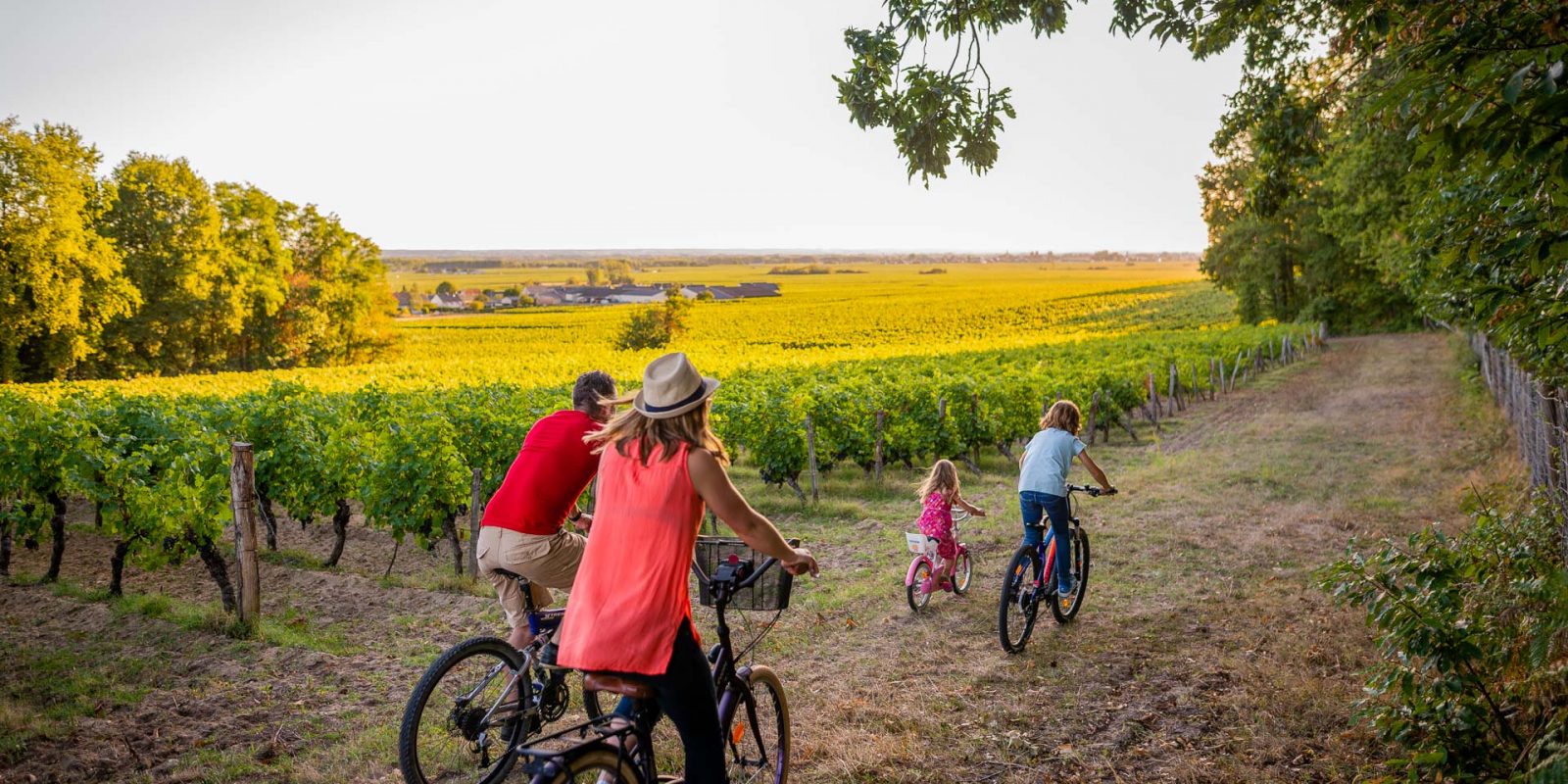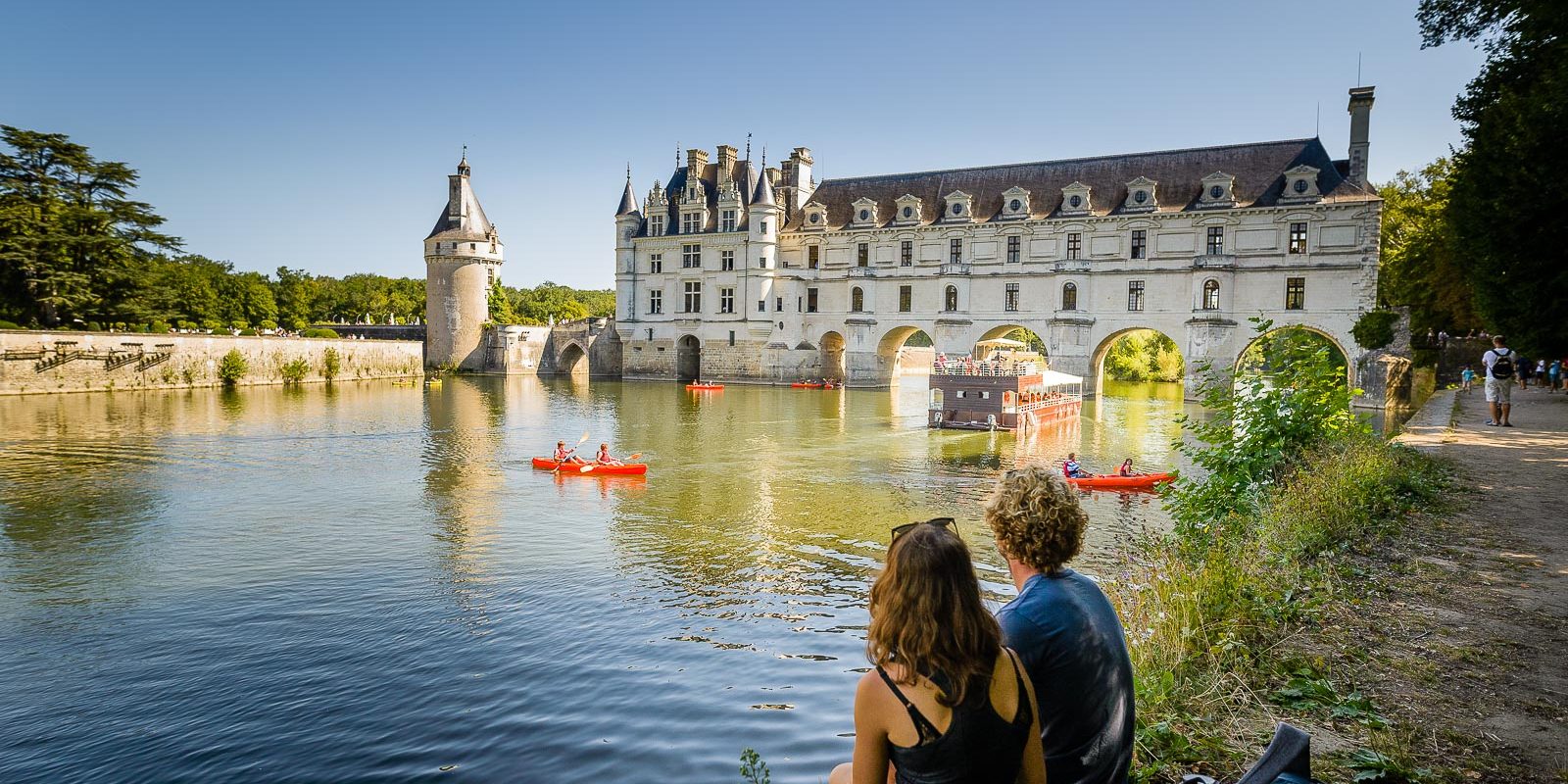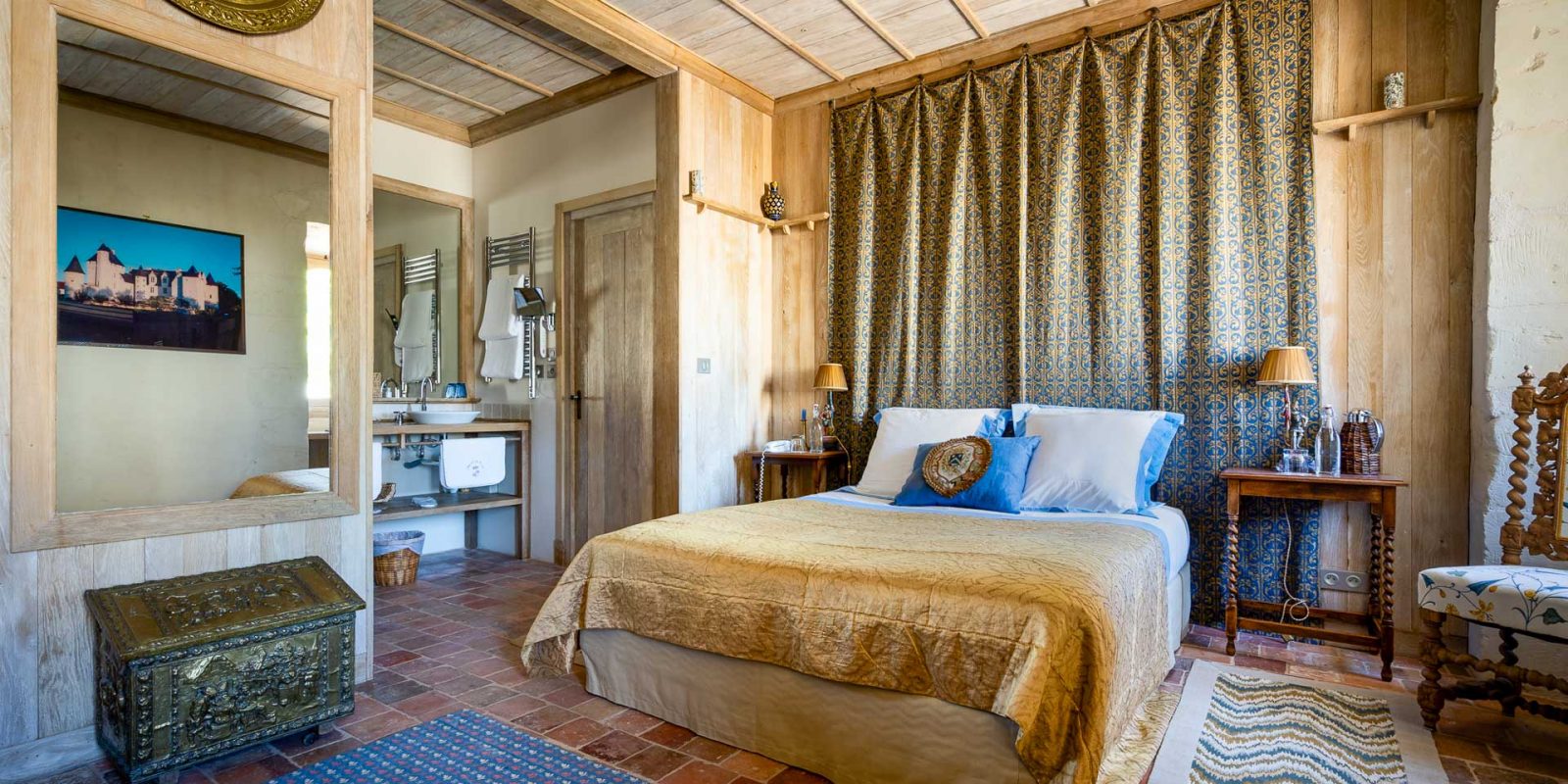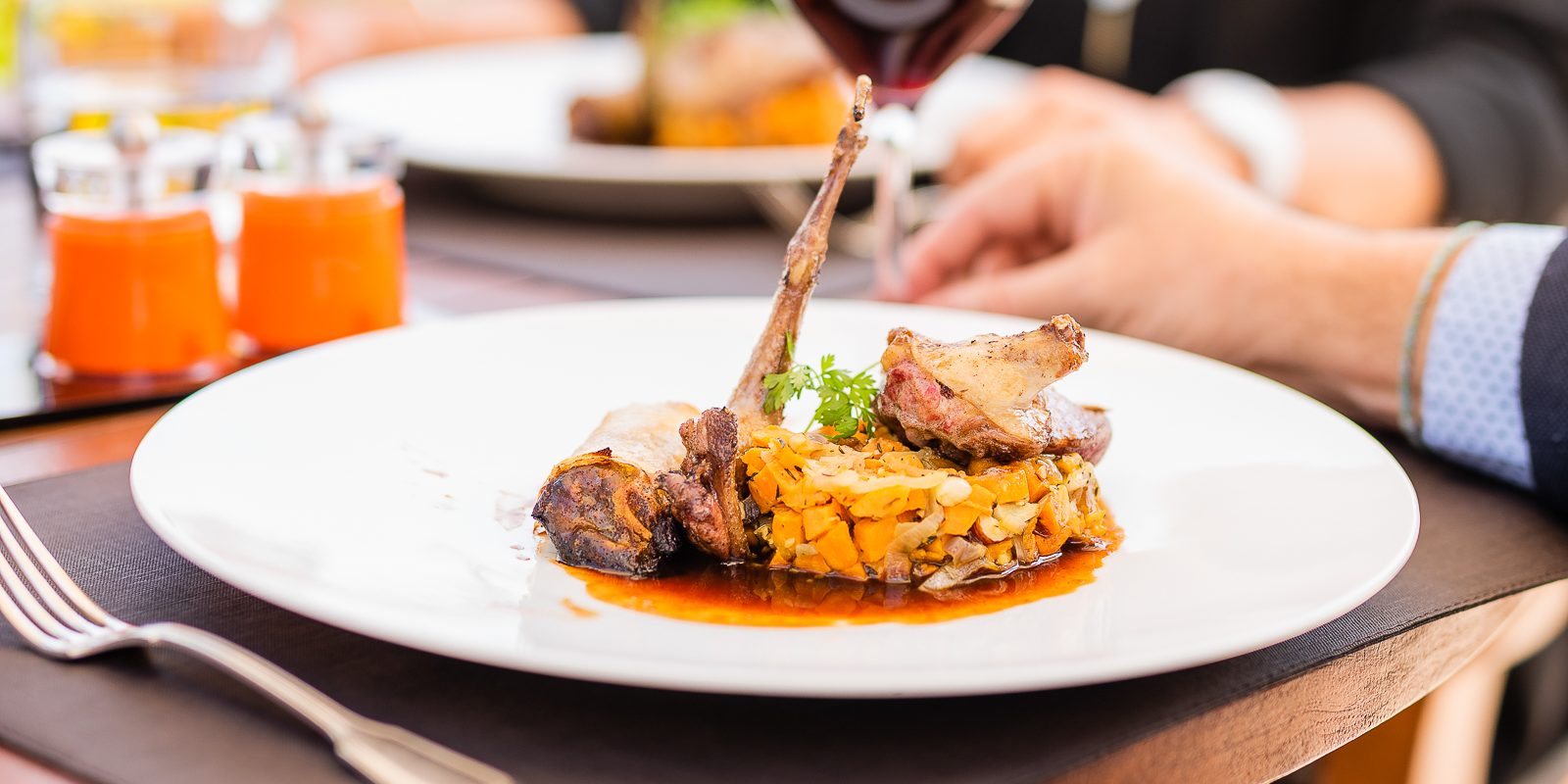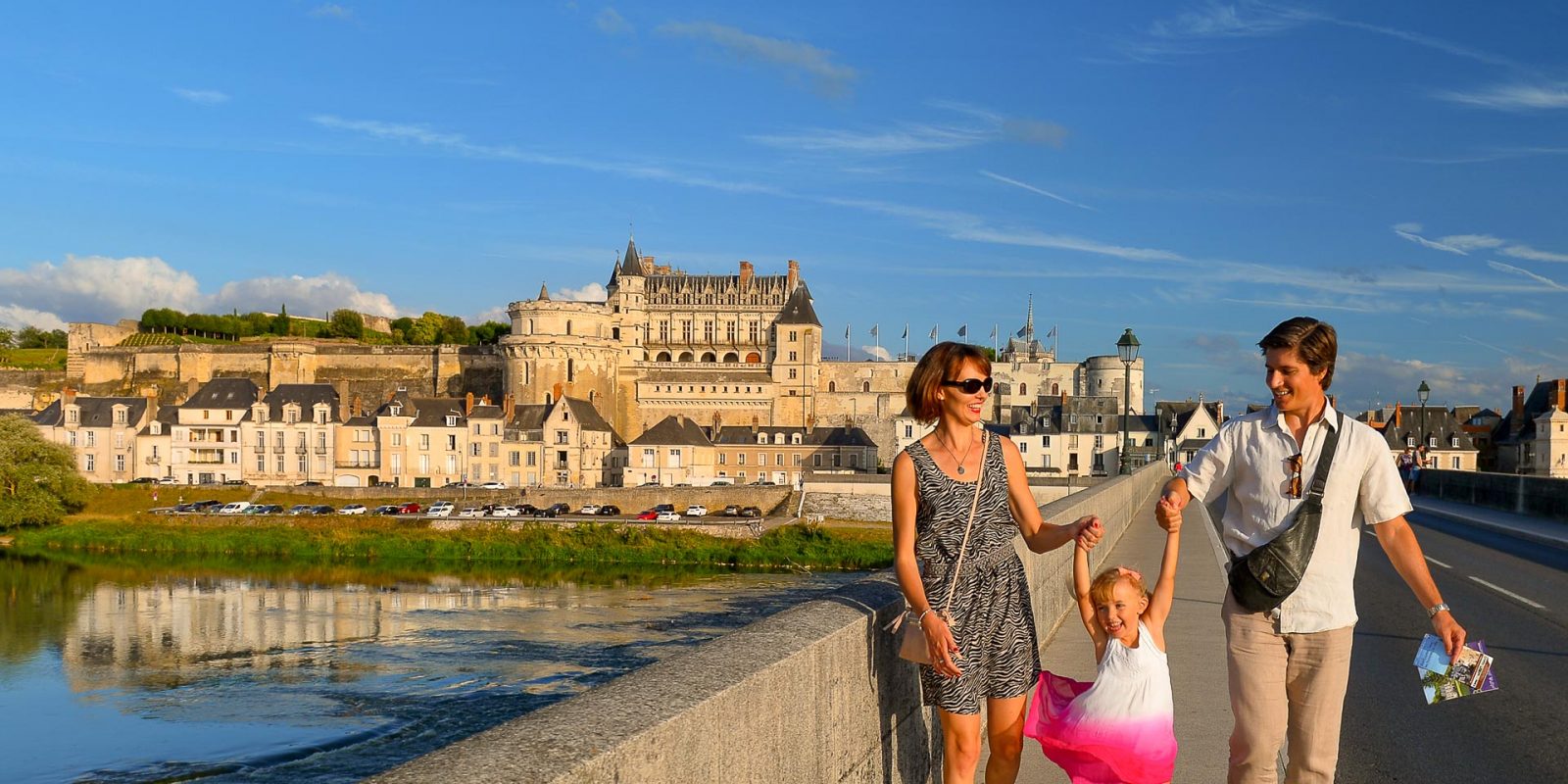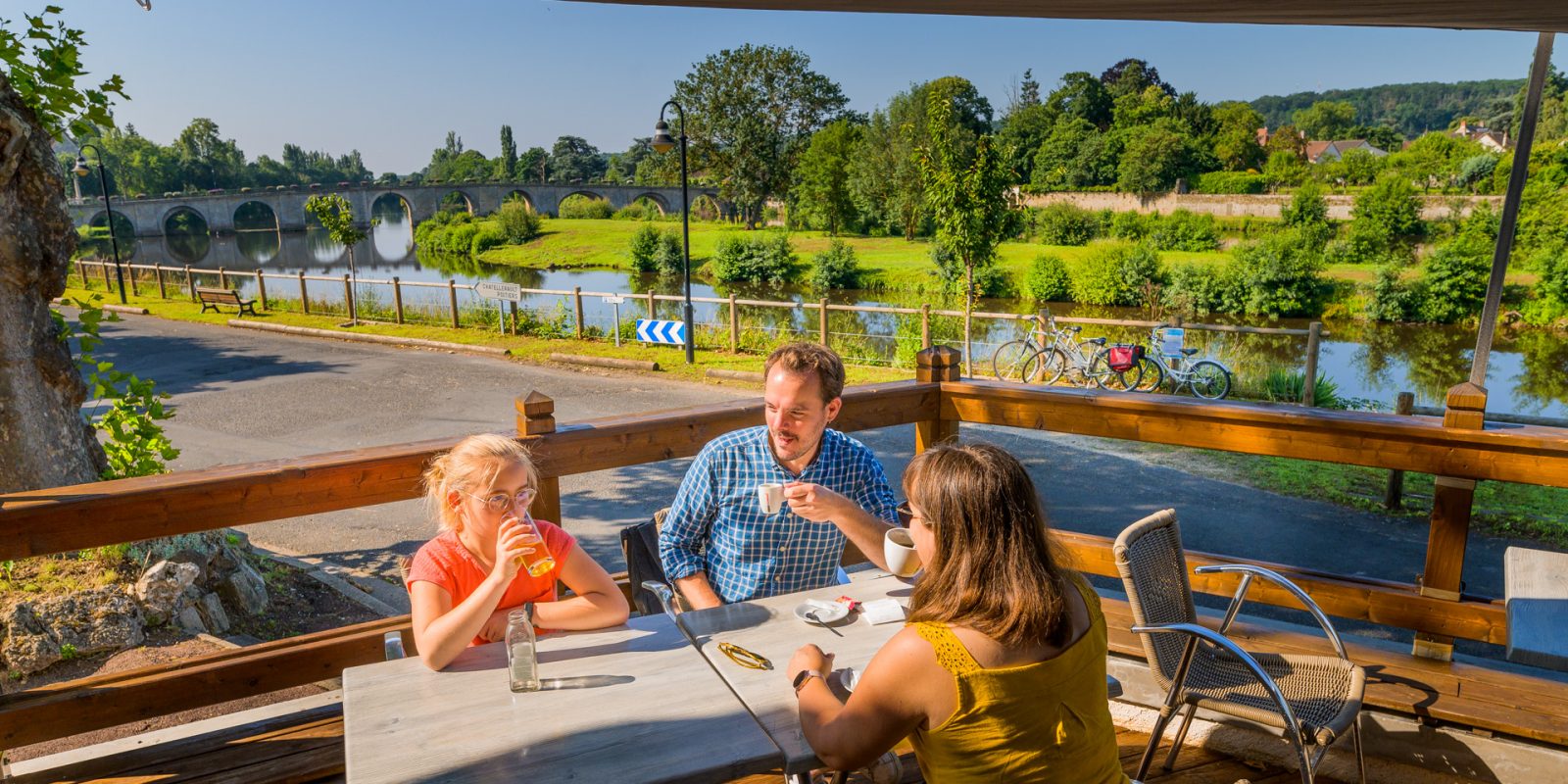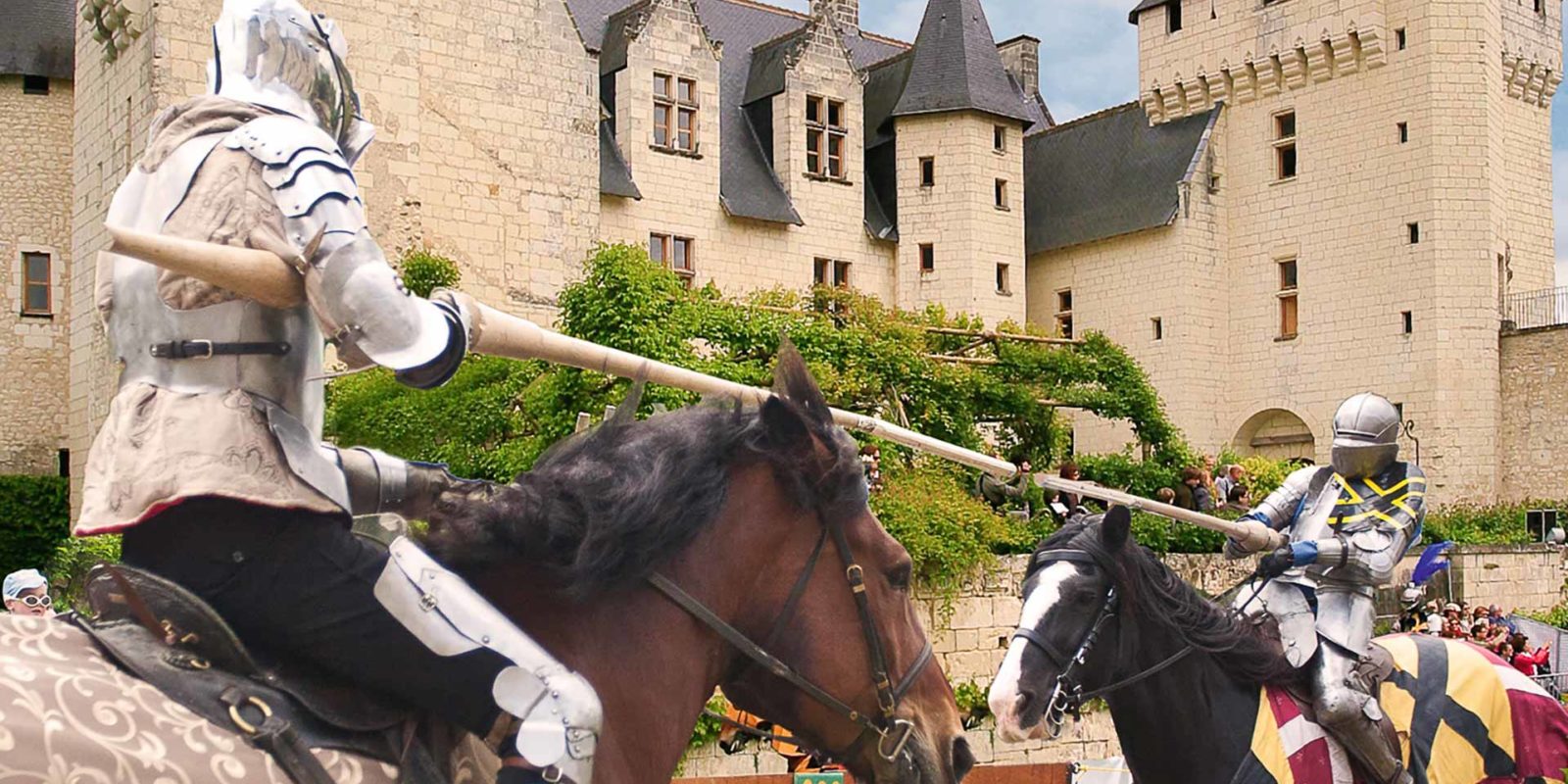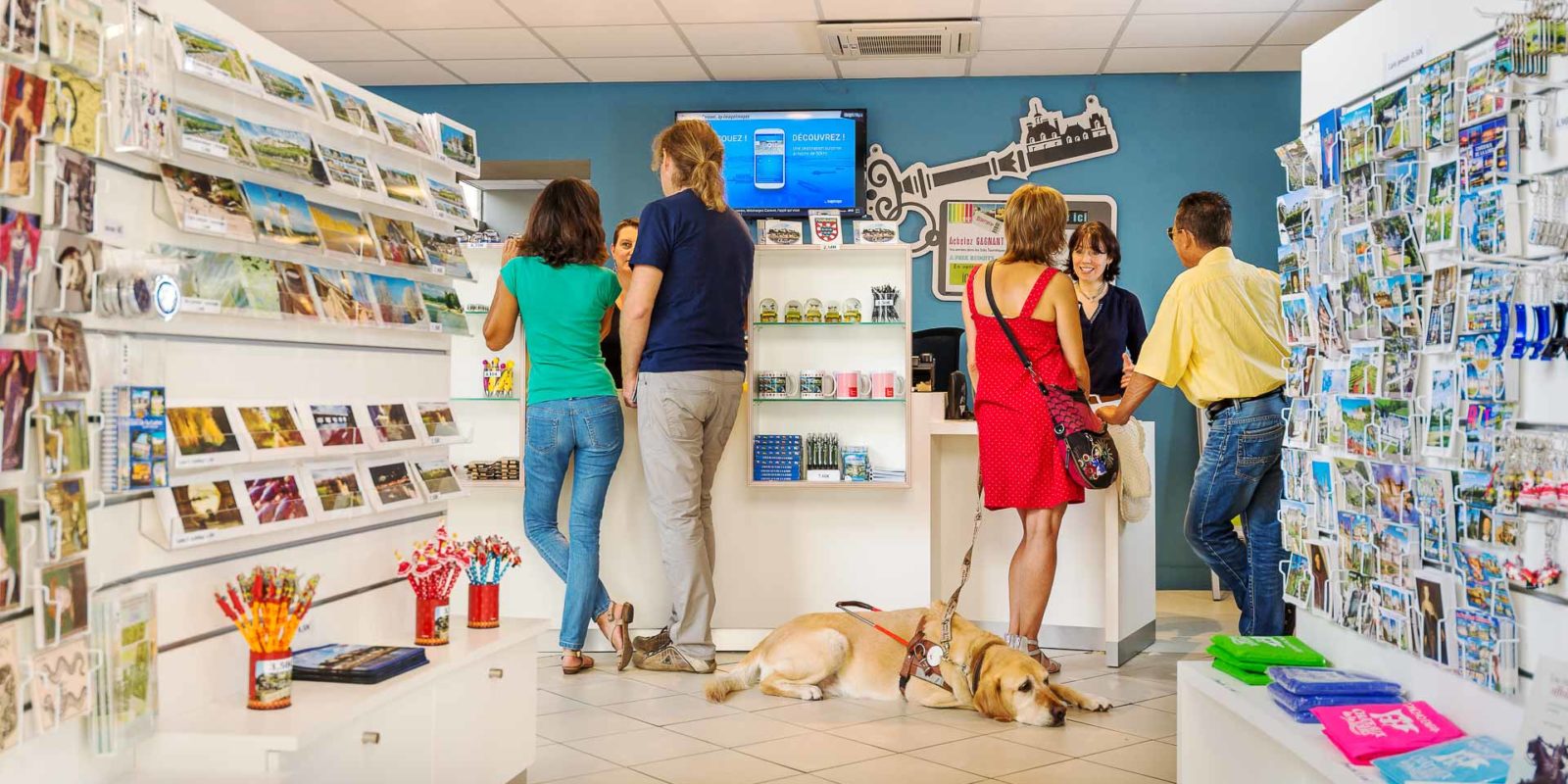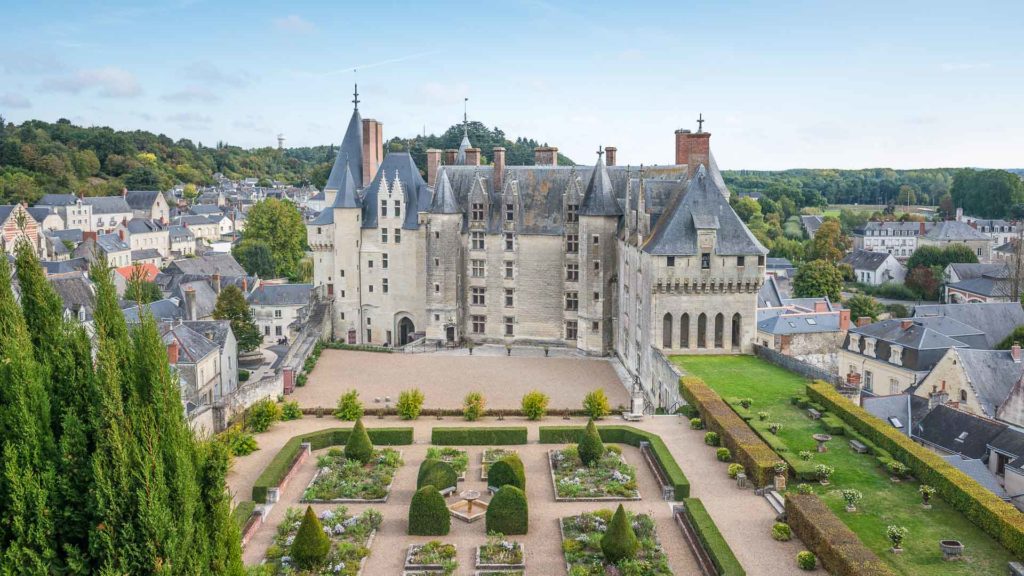A trip around the land of châteaux
Visiting Touraine in the Loire Valley is like stepping back in history. Its exceptionally diverse architecture, unequalled in the world, is evidence of this, covering a period from the Middle Ages to the Renaissance. Here’s a brief look at the most famous of these ‘stone giants’.
First of all, the Medieval Era
Although Touraine and the Loire Valley are naturally associated with the Renaissance, exceptionally historically important medieval buildings are also worth visiting.
The Royal Fortress of Chinon stands high on a rocky outcrop, and visitors are immediately struck by its long silhouette. A defensive structure built on the once turbulent borders of Touraine, Poitou and Anjou, its towers, turrets and hundreds of metres of ramparts are very imposing! Chinon will always be associated with the famous people who entered its walls, such as Joan of Arc who came to meet the future Charles VII here during the very famous “recognition scene”.
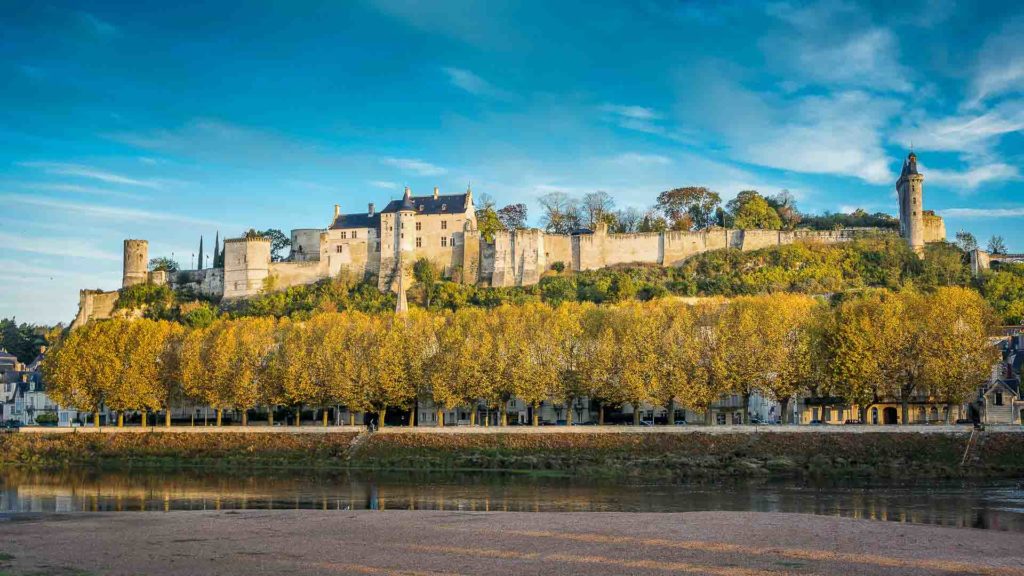
Royal fortress of Chinon
The Royal City of Loches has an atmosphere which Game of Thrones fans would be proud of, with its medieval fortress and impressive keep (36 metres high, one of the largest of the Romanesque period), its thick walls and its ‘cages’, enough to make the bravest shiver in their boots! The site withstood several sieges and tells the story of famous figures such as Charles VII, the beautiful Agnès Sorel and Ludovic Sforza, the Duke of Milan who was kept prisoner here for several years.
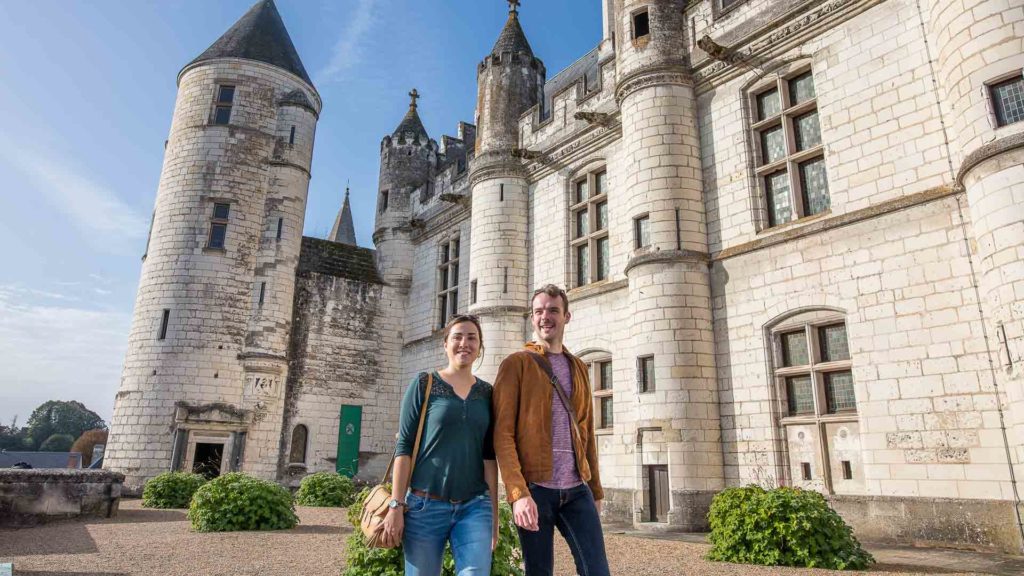
Royal city of Loches
Langeais is a perfect illustration of the transition which took place at the beginning of the Renaissance. The château still bears all the hallmarks of a stronghold with its massive ramparts, parapet walk and drawbridge. But on its façade are the first decorative features symbolising the dawn of a new era and a façade aspiring to be decorative with wide openings out onto the gardens. Langeais is also where Charles VIII and Anne of Brittany’s wedding took place, an alliance which attached the rich dukedom to France.
Then the Renaissance, the Golden Age of the Loire Valley!
Times were now more peaceful and leading figures of the realm started building superbly attractive and ornate châteaux which opened out onto extensive gardens.
The Château d’Azay-le-Rideau is a subtle blend of French tradition and innovative Italian decor. It is one of the icons of the new art of building in the Loire Valley in the 16th century. Built on an island in the middle of the meandering River Indre, it is a genuine architectural masterpiece, a “facetted diamond” as Balzac described it. It has recently been beautifully fully restored and refurnished, and now more than ever it’s one of the essential places to visit in the Loire Valley.
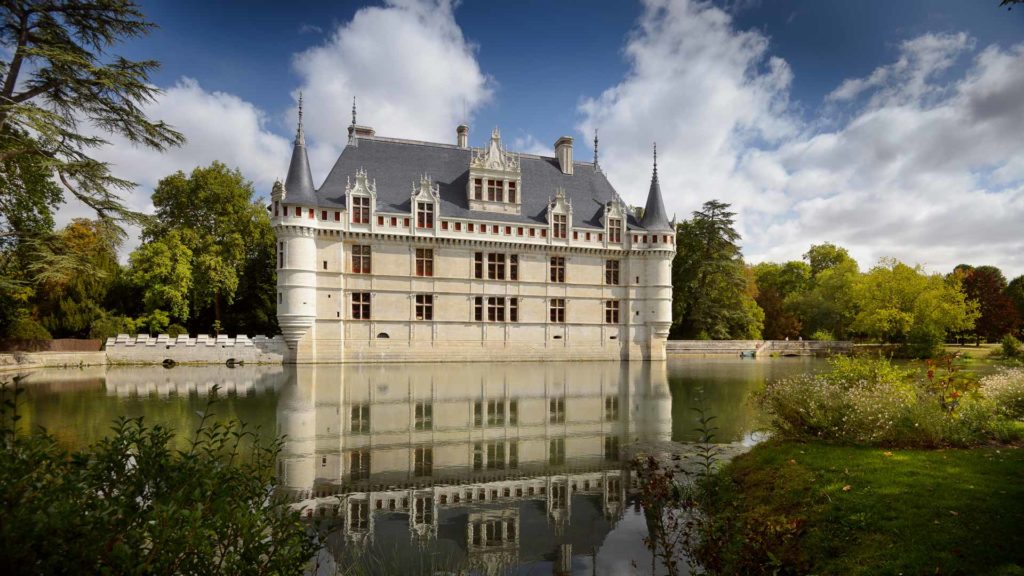
Château of Azay-le-Rideau
The Royal Château of Amboise needs no introduction! Nursery of the kings of France, the site is an integral part of France’s great history, particularly the reign of François I who was so inspired by his Italian conquests. All year round, the superb Italian-style terraces offer a stunning view of the River Loire, and in the little Chapel of Saint Hubert, you can see Leonardo da Vinci’s tomb. A must.
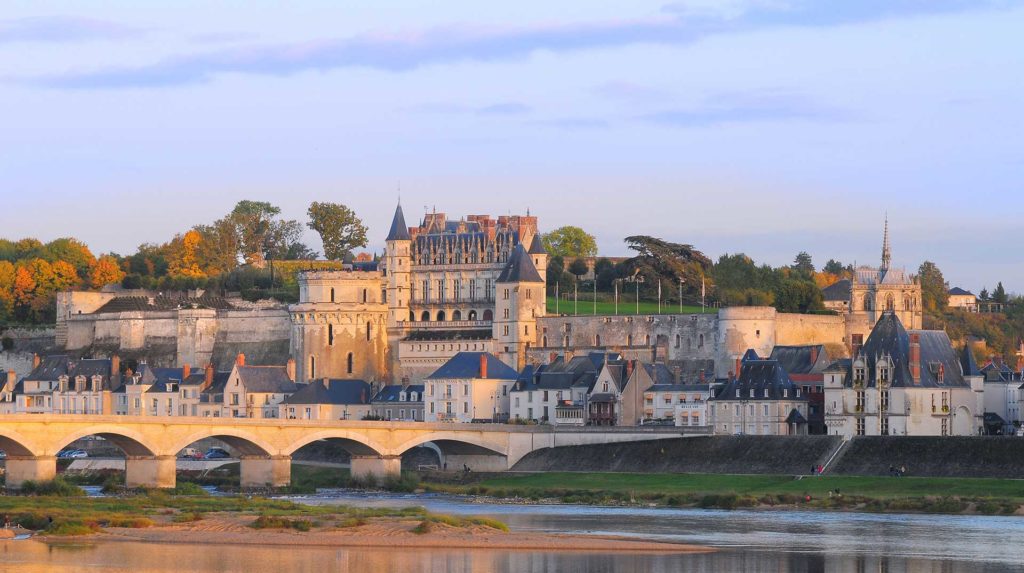
Royal Château of Amboise
Chenonceau is perhaps the most spectacular of the great Loire Valley châteaux: it’s a truly striking monument, with its astonishingly original ‘château-bridge’ profile, elegantly spanning the River Cher. This is the Ladies’ Château, which owes its splendour to the rivalry between Queen Catherine de Medici and the king’s favourite mistress, Diane de Poitiers. Through their love of Henry II, they played a part (along with other women throughout history) in transforming the building into one of the most beautiful jewels of French heritage.
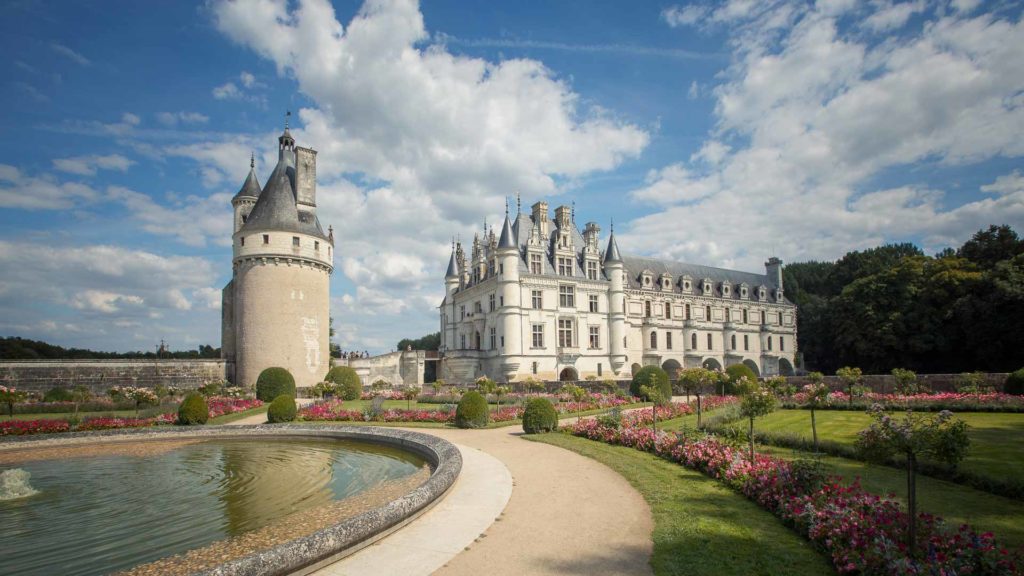
Château of Chenonceau
Villandry, the last of the great Loire Valley châteaux to have been built, is known throughout the world for its fabulous gardens, and in particular for the iconic formal kitchen garden with its ornamental squares. Its colours and scents change with the passing of the seasons and the place reveals its charms… Its long pathways are lined by lime trees, structuring the gardens which are laid out on four terraces of elegant and decoratively-shaped yew trees, beds bordered with clipped box hedges, vegetables and flowers.
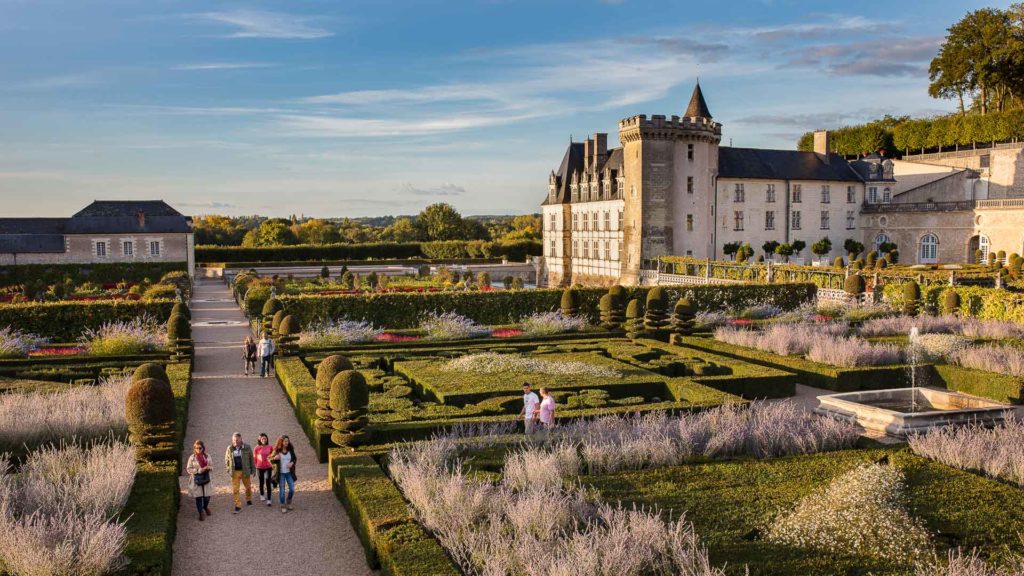
Château and gardens of Villandry
From the ramparts of Amboise, you can make out Le Clos Lucé – Leonardo da Vinci Park, an attractive red brick manor house in which François I invited Leonardo da Vinci to live when he welcomed him to the French court. The intriguing Leonardo spent the final 5 years of his life there, creating and inventing to his heart’s content on behalf of the French king. You can find out about this multi-disciplinary and multi-talented genius all year round at Le Clos Lucé both through its indoor displays and in the huge park dedicated to da Vinci’s greatest inventions! In 2019, Touraine will be celebrating the 500th anniversary of his death in style.
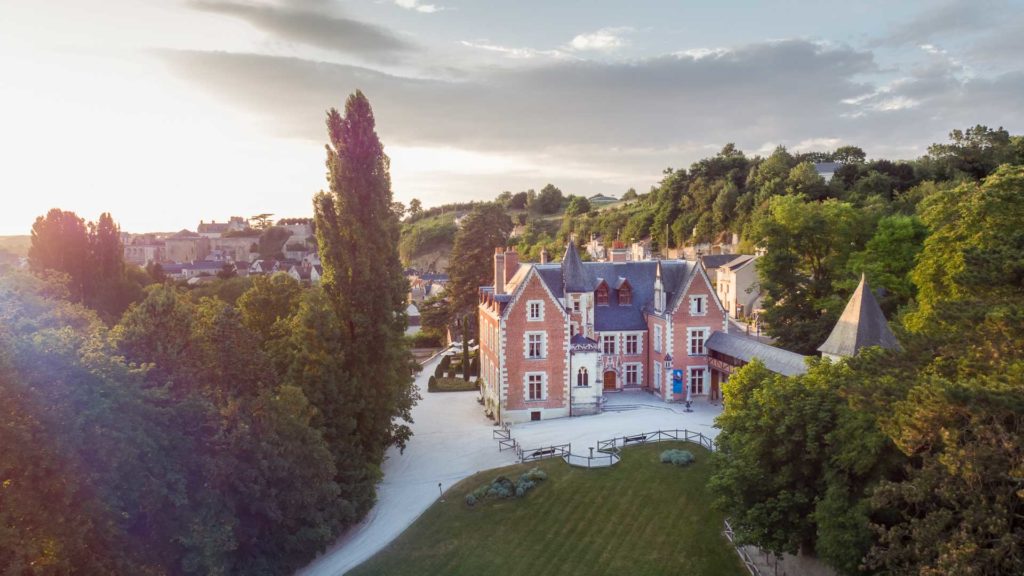
Château of the Clos Lucé
